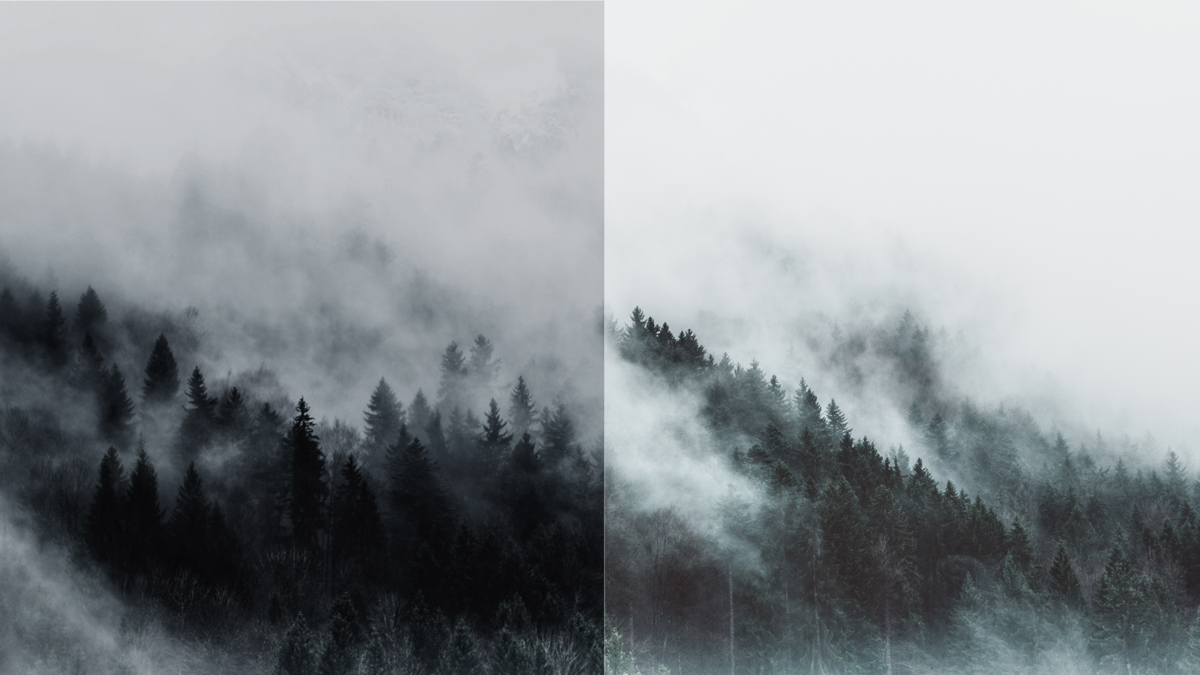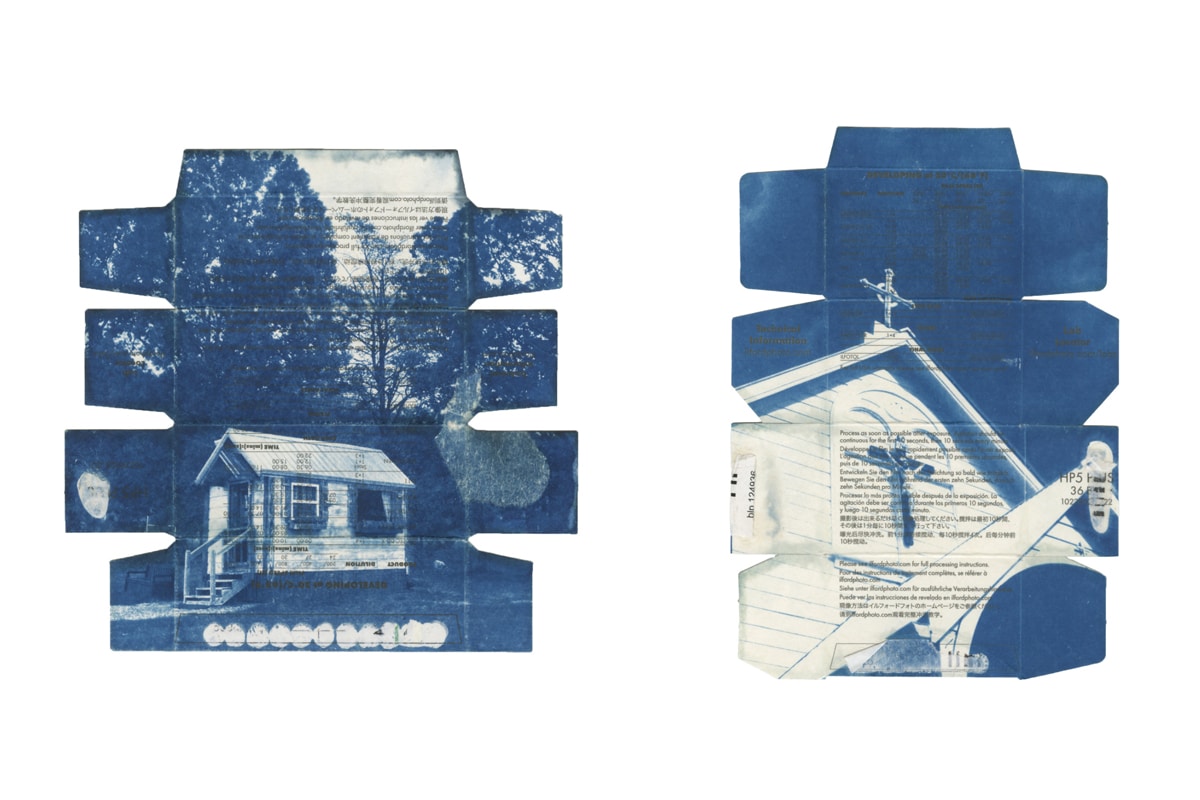Graffiti, mural and street art is dirty business. You’re scaling tall buildings, sneaking through back alleys and running the risk of being arrested. Then, there’s the added danger that comes with being out on the streets late at night. This isn’t exactly making work in a private studio. It’s rougher, grittier and darker.
For female artists, who already have a difficult time with equal representation in the art world, graffiti can have a greater barrier to entry. It’s one of the biggest boy’s clubs around. But there are some incredible woman challenging that stereotype.
We spoke to six highly accomplished street artists (three female, three male) to find out how gender plays into their work. Are the challenges of graffiti, mural and street art really different from women compared to men?
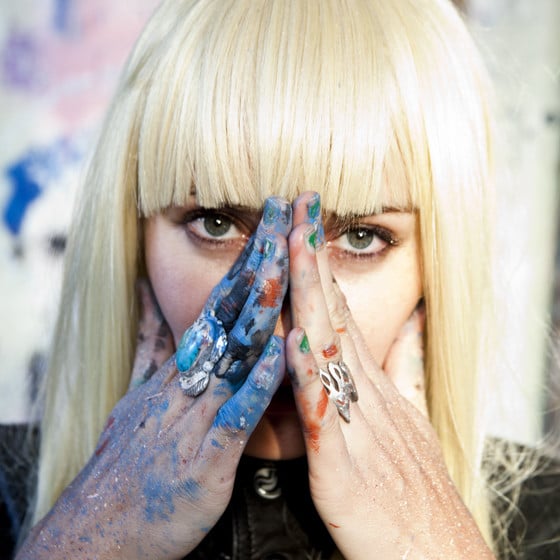
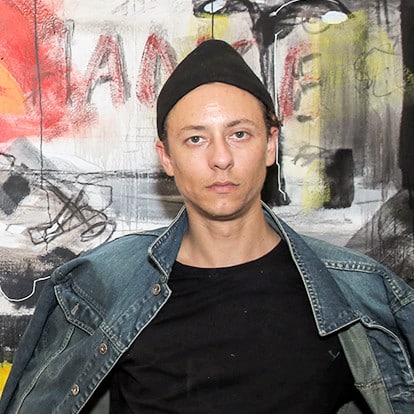

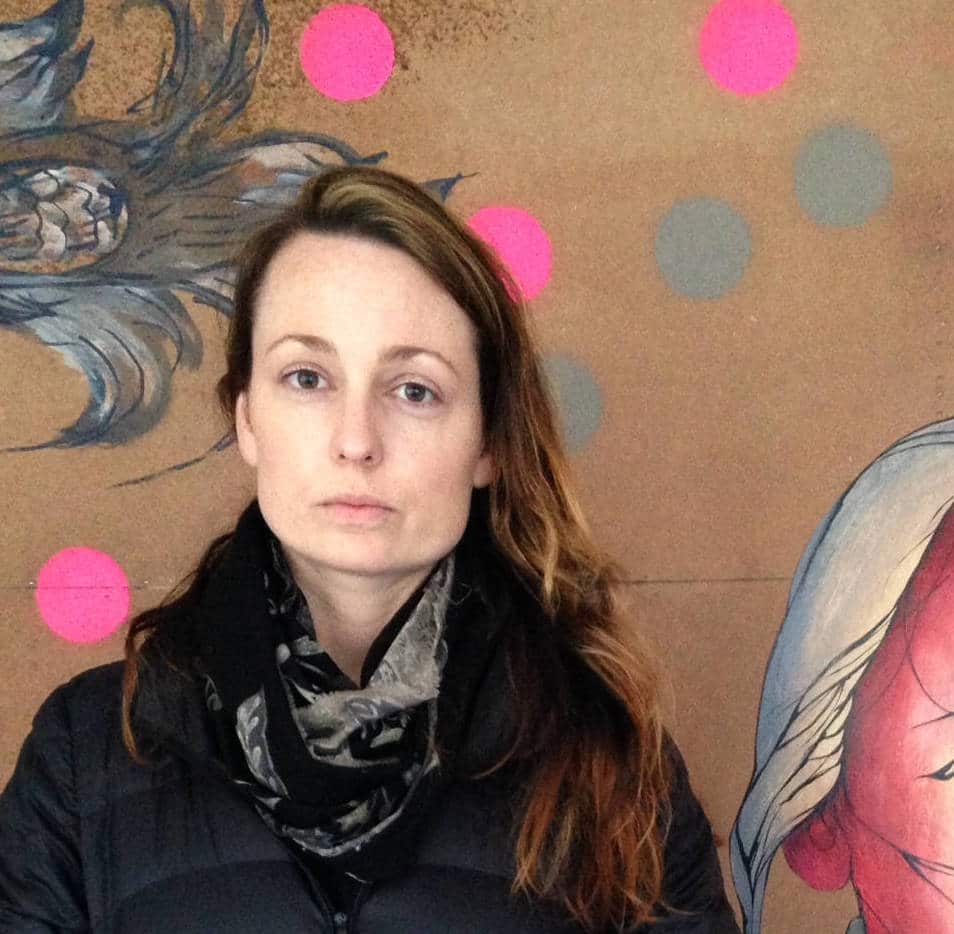
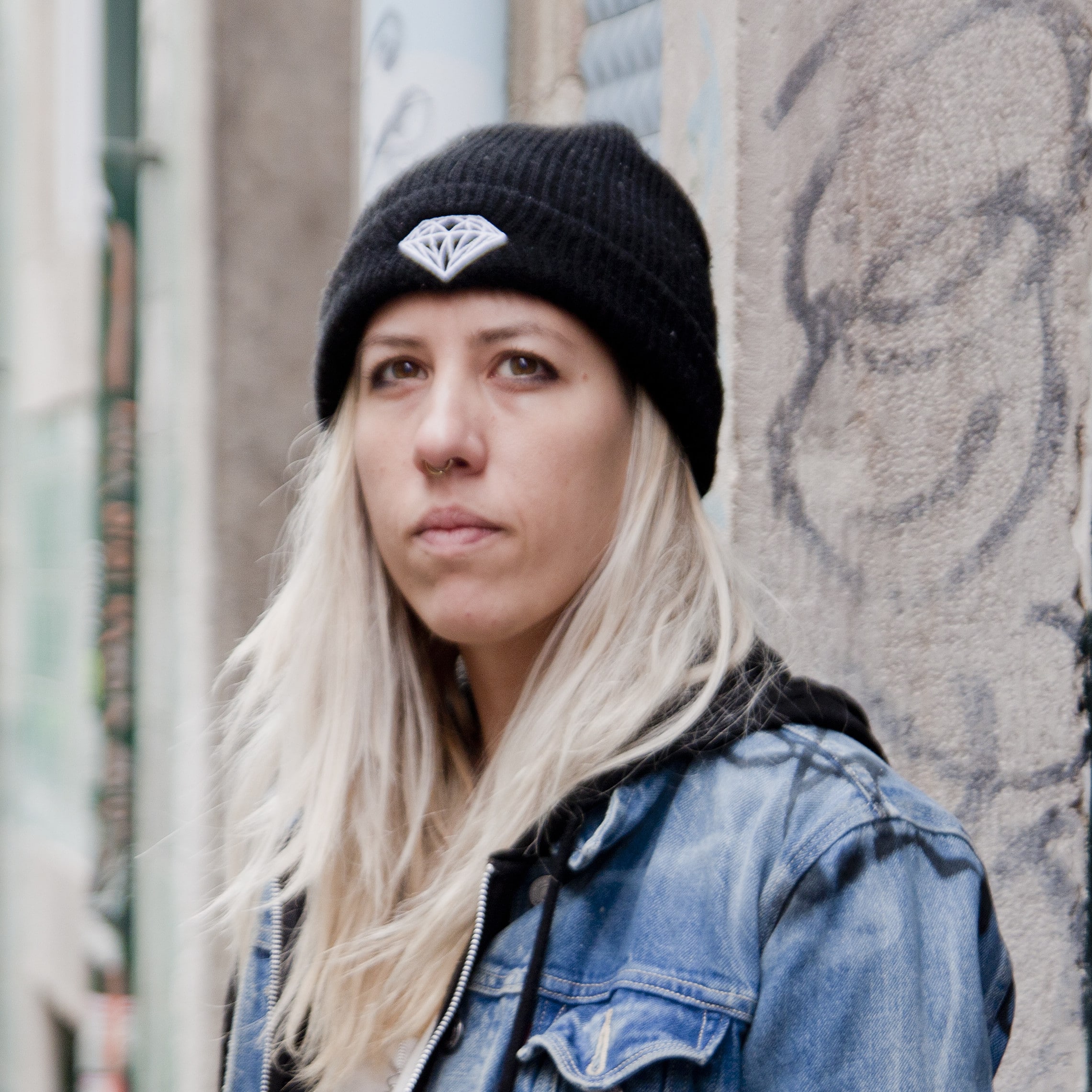
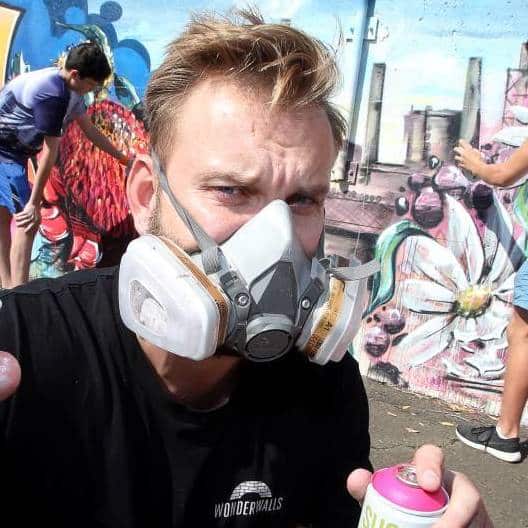
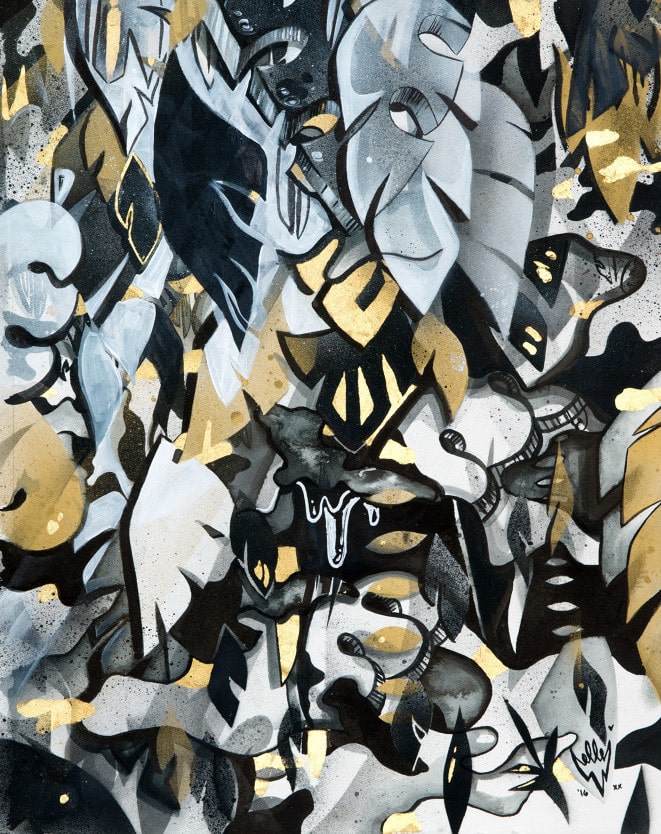
ELLE, Artist
I’m coming from a mix of graffiti, street art and now mural painting, and they are all very different worlds. I don’t feel like, personally, I am necessarily missing opportunities because I am female but the numbers say otherwise.
When you look at statistics of women being represented in museums and galleries the percentage of women artists is crazy low. Yet, I don’t know what it would be like if I was a guy, I don’t know what the opportunities would be.
When I started, I wanted to be called ELLE, because that means ‘she’ in French, so that people would know that my work was female. At the time I hadn’t seen many women graffiti writers and I wanted us to have a presence. I wanted to rep for the ladies.
Especially in the beginning, the lack of female presence was a big reason for me to go as high as possible and hit billboards and paint as hard as possible—to prove that women can do it and just as well.
One night, I was out to dinner with an art collector he said, to my face, ‘I don’t collect art from women.’ When I asked him why, he said, ‘Women get married, they have babies, and then they stop making art—it’s a bad investment.’
The thing about the art world, and art as a career, is that it’s not as well-documented and tracked as typical jobs. It’s hard to see sexism unless you look at statistics. If you’re not in an office you can’t see the sexism in a typical way. Very rarely is someone going to be as brutal and honest to my face, as that one particular collector.
Then, there are the challenges of physically being a woman. I was out, by myself, pasting up posters, and a man drove up in a car to tell me that he wanted to chop my feet off. As a woman you might be a target, where men are not.
Lastly, women are fighting against the female stereotypes, it’s traditionally frowned upon to get dirty, climb tall things and be out at night by yourself. But, for me that was even more motivation—I love breaking the rules.
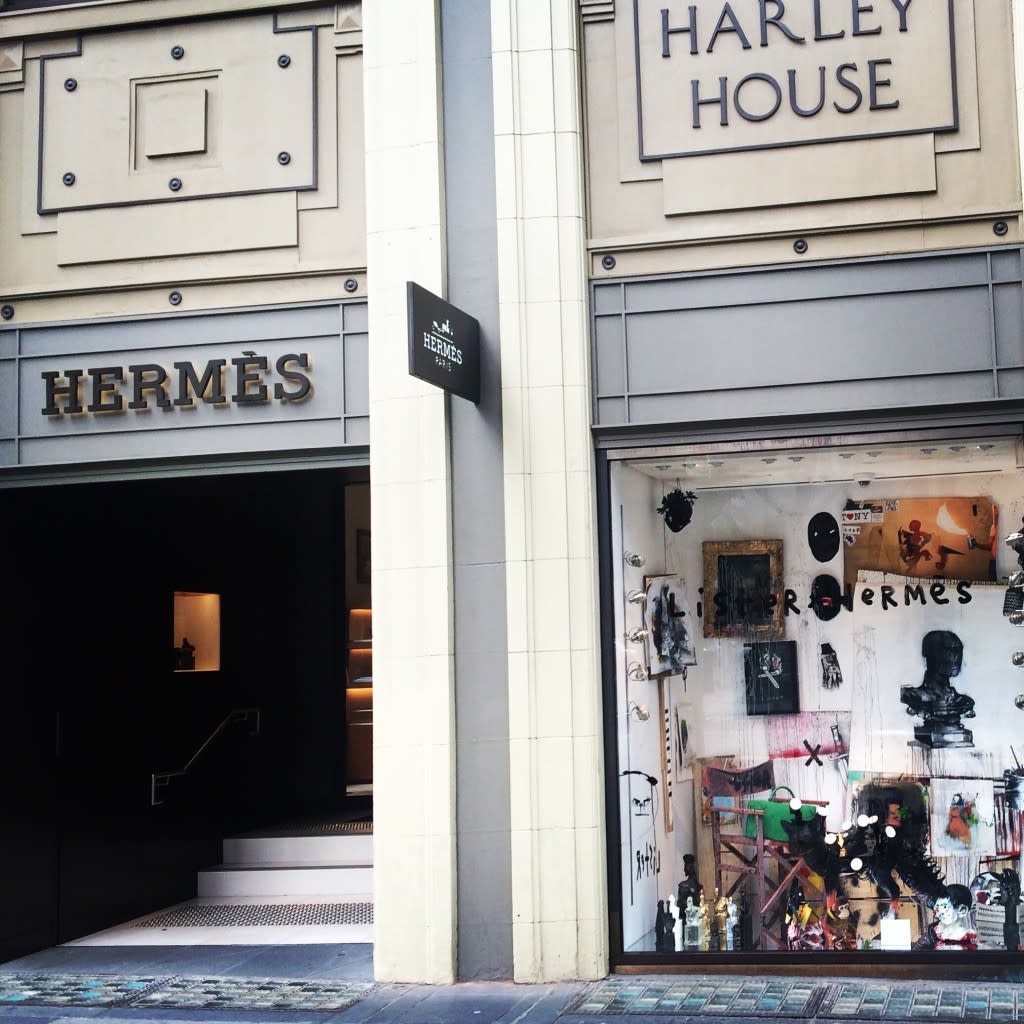
Anthony Lister, Artist
I don’t actually see it as being a relevant point if someone is a male or female painter, as long as they are a painter. It should just come down to good work. Female artists have stood up with the best of them, back from Lady Pink to Swoon, there’s so many.
I don’t even use the term ‘female artist’ because it’s condescending in the sense that well yes, they are females. It’s kind of irrelevant. I have that frame of mind because I’ve got a young daughter and I race her on skateboards and I do pieces in the drains with her and her brother.
I think gender awareness comes from a learned environment rather than it being a genetically ingrained thing. I think girls are taught to be girls and just how I parent, I think that’s definitely changing. I think the key to a fair equilibrium between the sexes is raising your kids with respect and being respectful.
I know many women that could paint the pants off many men, and they are successful. So, it’s disappointing to hear that they are held down in the gallery sector.
When it comes down to it there are risks of coming across as being the very thing that it’s trying to destroy, by ostracizing or grouping oneself together. I don’t mean just females—say only homosexual artists show or only people from Africa or Fiji. It can come across either racist or sexist from its own activation.
That’s the part where I go, hold on aren’t we just painters? I’m just into constructive, creative and positive messages. I think all-female shows are great and if they are themed then that’s great too. I wish I could come out now and say, ‘I’m a female.’ That would really bend everyone’s mind a little bit.
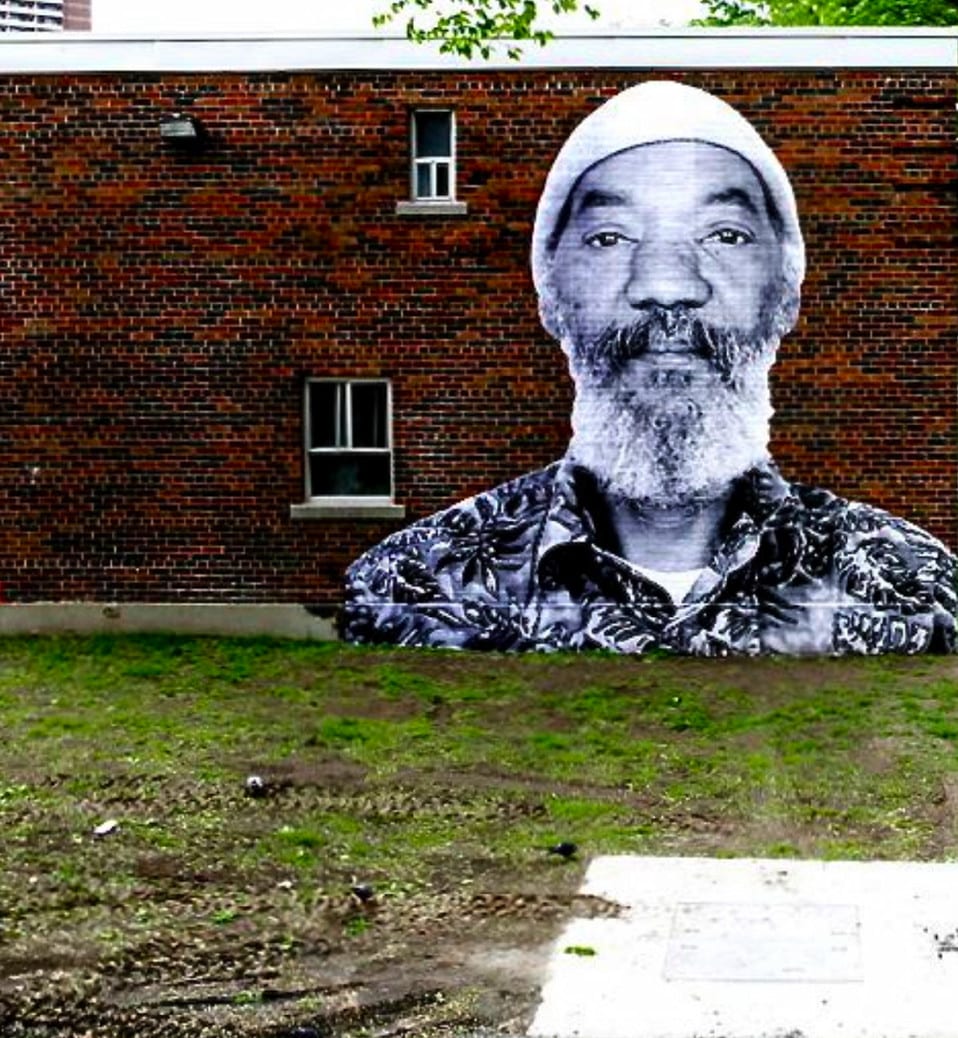
Dan Bergeron, Artist
I think it’s probably the best time in the history of the world to be a female artist because there are more doors opening. In 2016, the white male point of view is not necessarily that interesting, and popular culture is celebrating and embracing the female point of view more and more.
Fifteen years ago, it would have been really tough for a woman to gain credibility and respect as part of the graffiti community. If someone tells you that you don’t belong or that you can’t do something does it make it harder or scarier to try? However street art is more egalitarian and there is more room for different materials, perspectives and approaches.
Some of my favourite artists are women (Swoon, Maya Hayuk) and I see no need to categorize artists as male and female. I think what’s most powerful about being a female street artist is that if you tap into your femininity and that perspective of being a female. That’s interesting, enlightening and empowering.
Take Beyonce, for example. She keeps pushing the perspective of what it’s like to be a black woman and that’s a powerful and intriguing point of view. Beyond the way she set up her brand she is really being in your face about her position in the world and that’s really interesting.
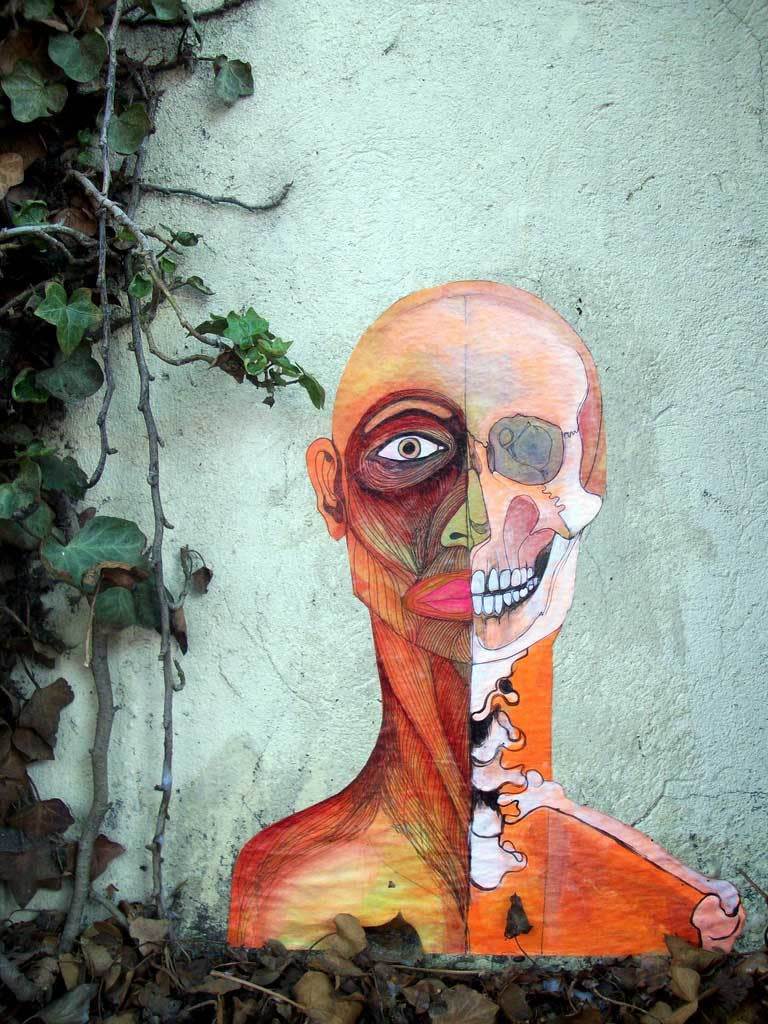
Cake, Artist
It was sometimes difficult to feel equal when I first came on the scene. I often felt less than in a group of male graffiti or street artists. Like I was valued less, despite having a real and tangible talent that could back me up.
There was one time a few of us were in a circle, a peer of ours just got picked up by the vandal squad, and they were all discussing it. I would chime in and when I did, I noticed no one would respond to me. I realized it was because they were hearing me, but they weren’t acknowledging me. It was like I was a ghost, but really I think it was because I was female.
The past few years, I’ve been sort of isolated from the scene, which is strange because it can be such an inclusive thing to do. I always tended to not join in on the more social aspect of it all, and was connected to the community from the outside.
This is my interpretation, of course. I think I tend to see myself as more of an outsider than I really am. But I also like to work alone, it’s the way I connect with myself and the work in a way that’s hard for me to do with anything else. This is also probably why I’m such an effective studio artist.
As a woman I feel I don’t have the physical safety in the streets, and never will. So I would actually go out and paste during the day a lot in Brooklyn and the city. I was able to go out at night when my ex-husband would come with me, and I felt safer that way.
I think there are barriers that need to be broken down in the art scene in general. A lot of it has to do with the difference between art sales of men and of women and also the difference between exhibiting artists.
If that changes anytime soon, it will trickle down to all the subdivisions that make up the total. We are already separate in some ways, and to me that can be felt mostly economically. I know a lot of people think that all-female shows are harmful, but since I don’t currently have a viable solution to fix the problem, I don’t really have a problem with all-female exhibits either.
I realize the context puts an emphasis on it right off the bat, so that can affect the way the work is initially approached and viewed. But then we start getting into things I cannot control, so that’s when I politely excuse myself from the whole damn thing.
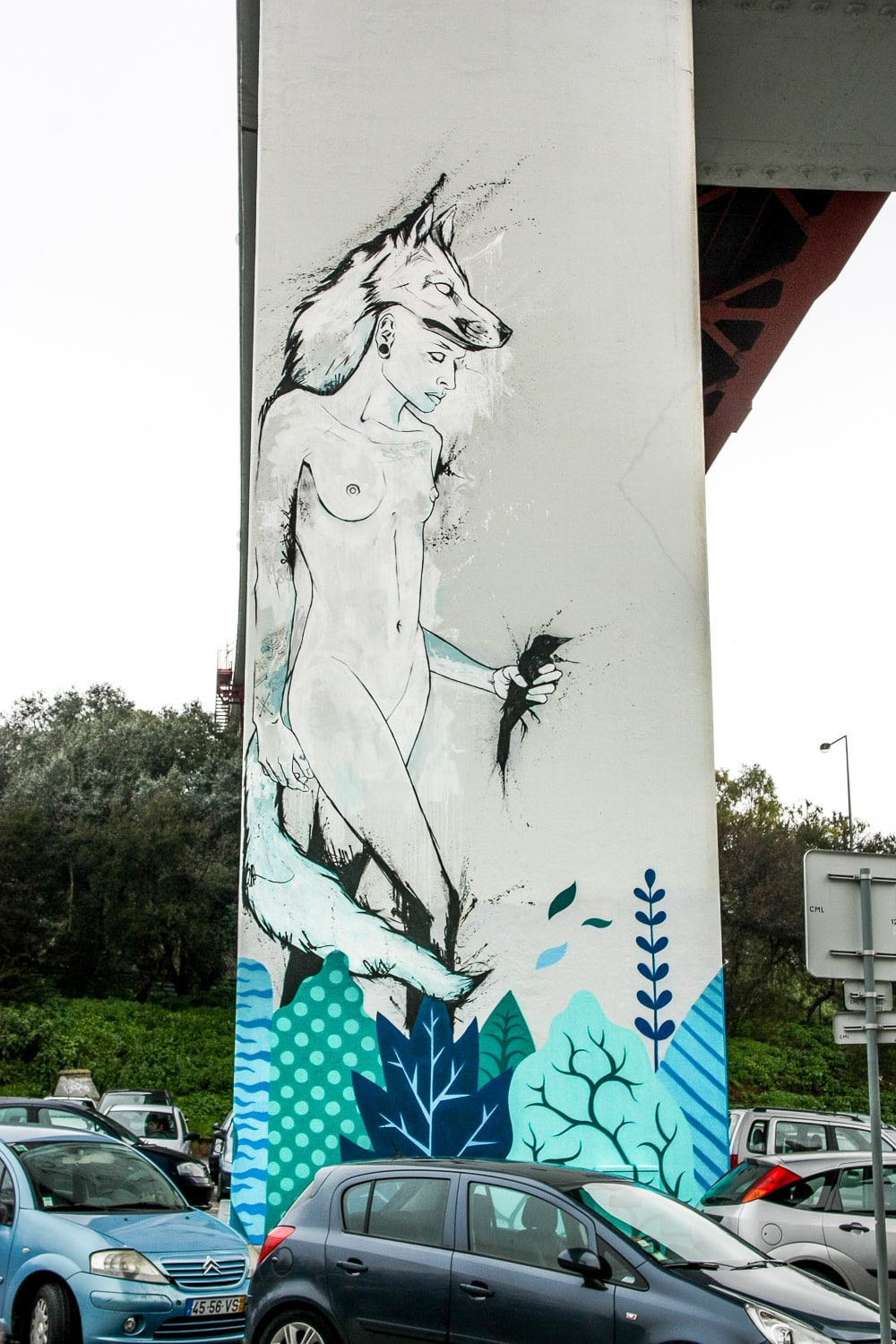
Tamara Alves, Artist
I’m from the South of Portugal and I grew up in a small village so I didn’t have much contact with people that were painting. Then I went to university and met some boys that were painting and they taught me how to do it and make some illegal paintings. I started to incorporate what I loved about graffiti and street art in my work as a fine artist.
I think many women are afraid. I met this girl recently and she is really good but the way she talks about it, she is scared. Even the boys get scared. I think for girls because it’s such a male world, they put it to the side and say that’s not for me.
Before street art was ‘the big’ thing that it is now, my artwork was always a bit rough. I tried to copy the walls into my canvas and because I did that it wasn’t seen as female, sensitive or feminine artwork. So people were a bit suspicious. I felt like they didn’t take my work seriously and I was denied by a few galleries.
At that time, I felt like it was because I was a girl. I’m sure my work was good and I thought there was something more to it. I don’t want to use that as an excuse but I felt that being in this world was kind of hard.
It’s hard work for your body, you have to paint at a bigger scale and go up and down the scaffolds. Though the guys I’ve worked with are really cool—we’re all like equals. Though being a girl you have to put up with boy talk, but it’s fun. They are amazing, I feel like we are all brothers and sisters. I think here in Portugal, if you are a female they try and open the door for you because there aren’t that many of us.
Some of the girls need to step up a little bit more because I think they are a bit scared of painting. Just letting everyone know that girls are here and we do awesome work. But also, I’m not a big fan of separation I think what we are worth is because of our artwork not because I’m a ‘woman.’ I’ve been a part of all-female exhibitions and it was cool because it was like the girls are ruling this right now, but it wasn’t a separation. I think that people still need to see that girls are working in this form of art.
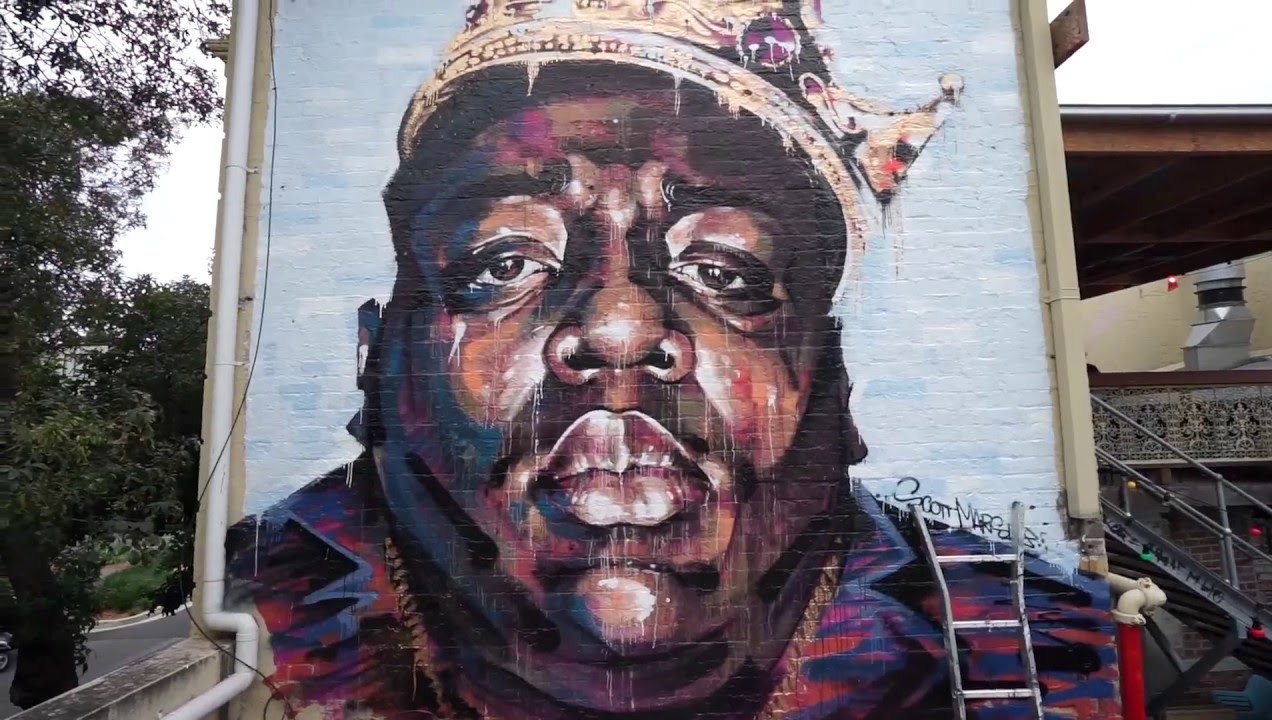
Scott Marsh, Artist
I have been creating art for about seven years. I have always been more in the graffiti scene more than an art scene. When I was a kid doing graffiti it was completely taboo. Even at university in 2008 no one used spray paint, none of my tutors had any knowledge of the medium. I was kind of left to my own devices.
Now with the emergence of street art, graffiti seems very much in the mainstream. If you asked me when I was a teenager if I thought I could make a living using a spray can, I would have laughed at you.
I guess I would have to be a female in the art world for a while to see if it felt different. To be honest I don’t see a difference, there are a lot of females creating amazing work and they get just as much admiration as the guys.
In graffiti though, it’s a lot harder to come up as a girl, there’s a lot of bullshit and bravado in that scene. For that reason, there are not lot of females in ‘street art’ with that 10 years plus graffiti background, which I think makes people strong artists.
There are girls all over the place that kill it. In Sydney, Georgia Hill is probably one the best artists going around, she has the full respect from the whole community.
I’m not sure there is a boy’s club mentality, not in Sydney anyway. Maybe I just don’t notice it because I’m unknowingly in it? There are a number of girl collectives in Sydney like Stay Fly and the Ladies Network girls who seem to band together more than the guys.








